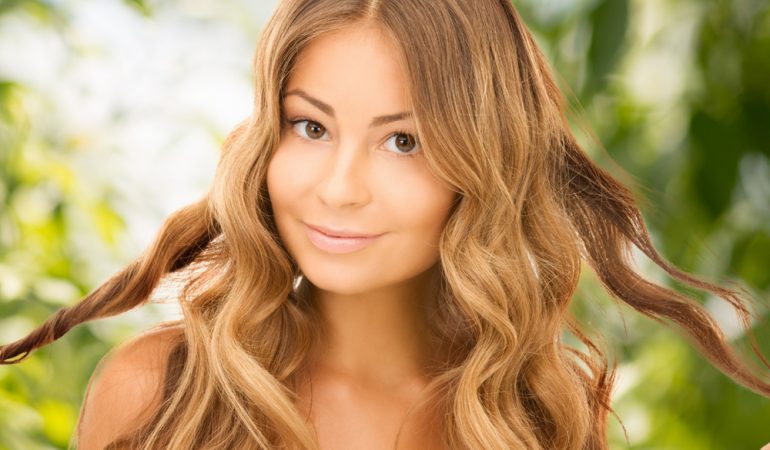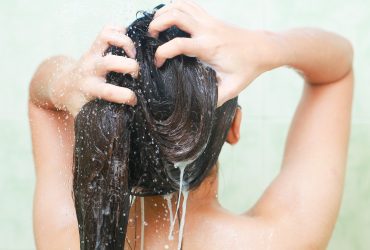Proteins, emollients and humectants for hair. What is it all about?
Once again you buy shampoo because of its affordable price? Or maybe you want to spend some more time and take a closer look at the ingredients in hair care cosmetics you want to buy? We are usually rather more keen on the first option, because composition of cosmetic does not tell us much.
It is time for training about three basic substance categories, which should provide your hair care with balance – humectants, emollients and proteins.
HUMECTANTS
Perhaps, you often hear that hair conditioners or similar products have humectants in their composition, and that means that they are great for hair. Why? Humectants are nothing else, but substance, which is great at water absorption (it is hygroscopic), so it is able to provide hair with water and ensure proper level of hydration.
Popular humectants: glycerine, aloe, honey, panthenol, hyaluronic acid, urea, alantoin, lactic acid, linen gel, sodium lactate, vitamin E
EMOLLIENTS
Natural vegetable oils are usually called emollients. Similarly to humectants they have moisturising properties, however in their case it is indirect action. How is that? Emollients are oil substance, which prevents water loss and covers hair with protective film.
Popular emollients: vegetable oils (all kinds, e.g. almond, avocado, coconut, argan, linseed, etc.), waxes (lanolin, beeswax), paraffin, petroleum jelly, fatty alcohols (Cetyl Alcohol)
PROTEINS
There are negative opinions in the Internet about hair conditioners, which caused hair to absorb to much proteins. Indeed, proteins, i.e. particles that bind water from surroundings, can be harmful if delivered excessively. However, if used in sensible amounts, they can fill deficits in hair and provide them with healthy look.
Popular proteins: collagen, gelatin, egg yolk, milk, keratin, elastin, silk protein, cashmere protein, wheat protein


